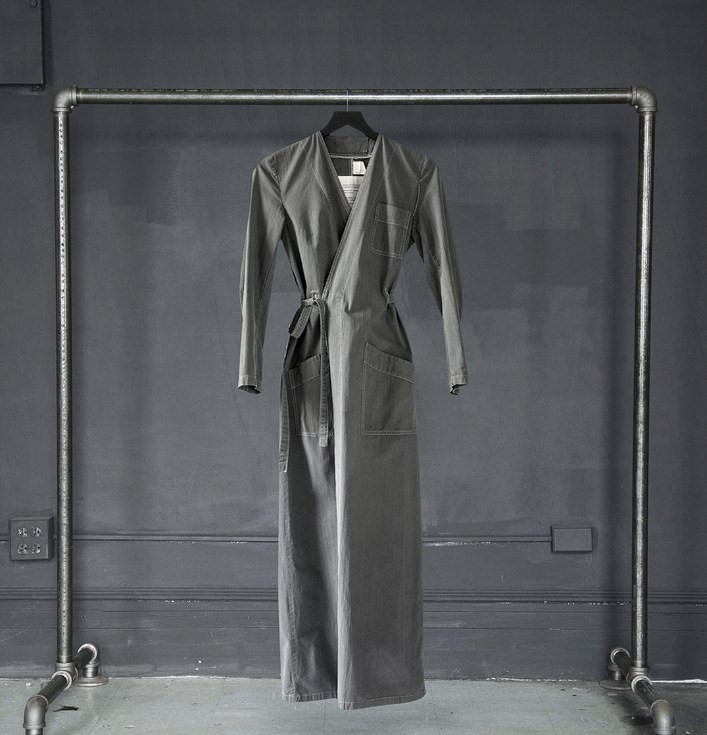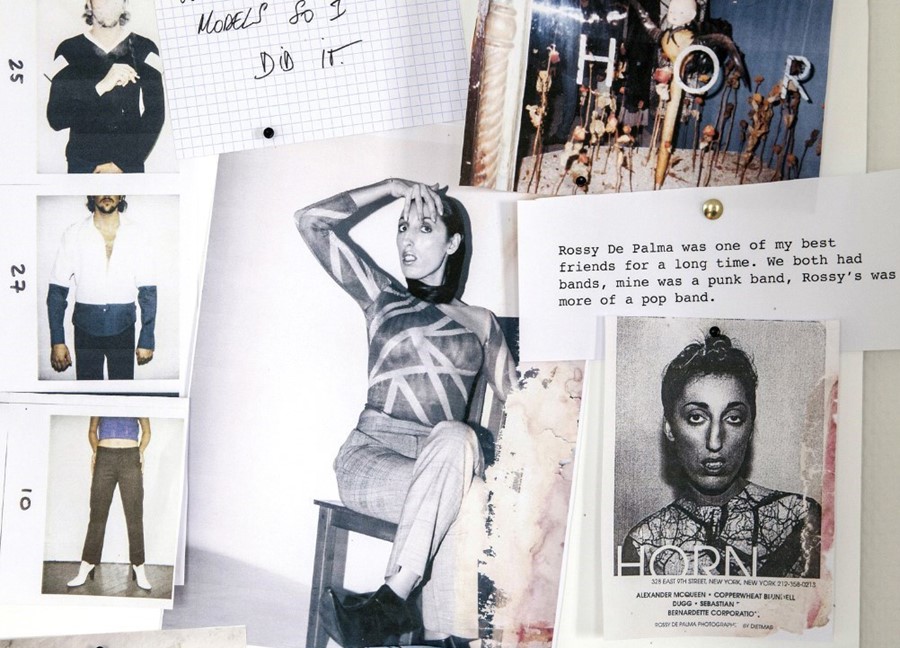AnOther sits down with Gill Linton, the woman behind the app ensuring that sourcing difficult-to-come-by vintage will never be the same again
"It all came about when one of our customers emailed to see if we could help her find a Yohji Yamamoto piece from 1994," explains Gill Linton, CEO and editor-in-chief of the vintage personal shopping app Byronesque. "I knew a lot of people in the fashion industry and sent some emails out, and the next day we found the piece in the exact size and sold it straight away!" Following this moment of success, in 2013 Linton launched the e-commerce platform Byronesque, a website specialising in 'contemporary vintage', explaining that – in her opinion – "the 1980s and 90s was the last time fashion was genuinely free and exciting." A rebellion against the homogeneity of vintage merchandise today (scissored Levi’s, scuffed cowboy boots, Hermès Birkin bags et al.) and a champion of revolutionary and subcultural designers from Comme des Garçons to Helmut Lang, Kansai Yamamoto to Maison Martin Margiela, the Byronesque mobile app followed in 2015. With both ‘browse’ and ‘request’ tabs, it allows customers to peruse pieces including Jean Paul Gaultier’s A/W95 op art dress and Vivienne Westwood’s A/W83 Nostalgia of Mud stack Boots, or to request rare items from a network of 75 retailers and private collectors worldwide. Users simply upload an image of the desired piece, tagged with the designer’s name, the year it was created and the preferred size.
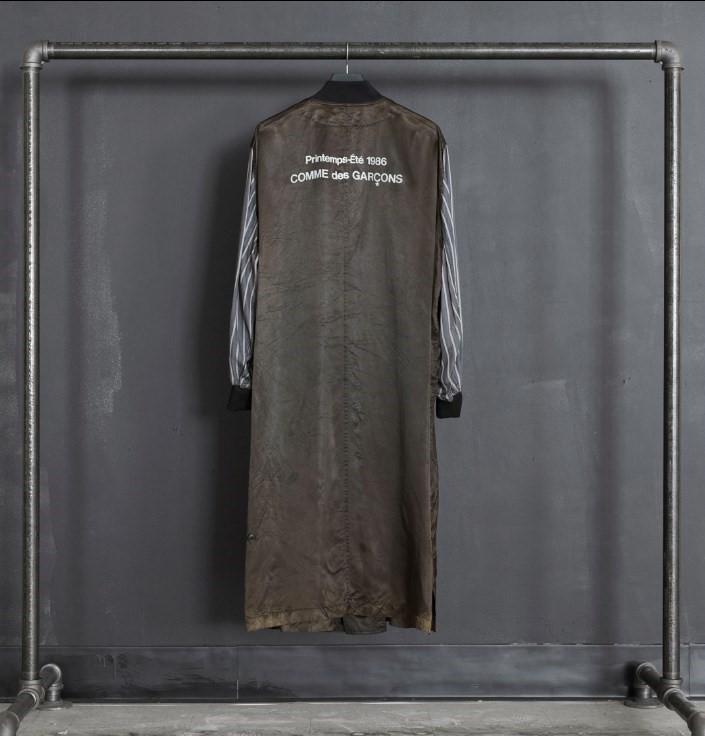
"The experience of second-hand shopping hasn’t moved on for decades," Linton explains of her revolutionary vintage shopping model. "We’ve got access to wardrobes that are to die for… you don’t want to be rummaging through someone’s old knickers!" Vehemently anti-fast-fashion, Byronesque encourages customers to adopt Vivienne Westwood's maxim of "Buy Less, Choose Well’. While the interactive ‘request’ option eliminates the time pressures of having to contact vintage specialists personally – "the app is fixing that supply and demand glitch," Linton explains – it also places focus on patience and a slower pace of consumerism; it can take several days, or even months, to source requested items.
"So many people want pieces from the Comme des Garçons SS/97 collection," explains Otto La Rosa, a Comme des Garçons specialist, and the owner of dot COMME boutique in Melbourne. Widely regarded as the ‘lumps and bumps’ collection, these covetable pieces include tight gingham two-pieces distorted with padding, in shapes that subverted lithe supermodel body ideals of the late nineties. |I hoard pieces in my stock room" La Rosa adds. "I like selling them as ensembles, but you can wait years to find a matching piece."
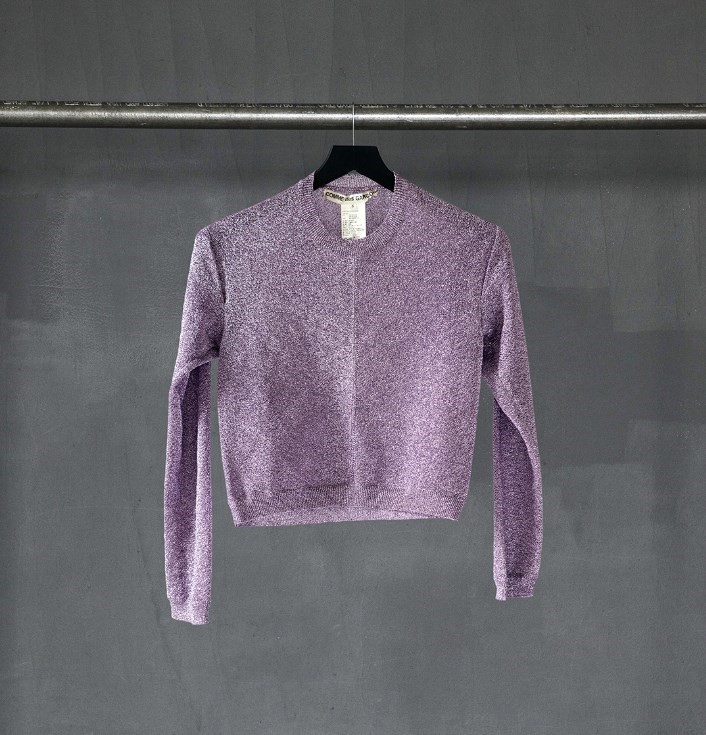
"Everything Helmut Lang made still resonates with the market now," explains Michael Kardamakis, an Athens-based Helmut Lang specialist, about the resurgence of interest in the Austrian minimalist. "Customers are really interested in his abstract cut out designs from 2002-2004, but there has always been a real desire for Lang’s less conceptual work. He was the first to seriously design jeans and he created the most perfect shape, like Levi’s 501’s, but trimmer in all the right places. I remember an old buyer from Barney’s being interviewed around the time Lang left his label in 2005. He said, 'You’d better find those jeans while you still can.'"
Luxury e-commerce websites today adopt uniform phrases in their descriptions of high-end products. 'Downtown cool,' 'easy elegance,' and 'off-duty essential' are all overused phrases employed to incentivise customers to click 'add to basket.' In delightful contrast, each piece on the Byronesque app has an educative item description, and is contextualised according to both its designer and its cultural provenance. "People can really understand the uniqueness of each item," explains Maryland-based Regina Mccrutchen, the founder of the website Vintage Le Monde, who has sold rare Alaïa and Kansai Yamamoto through Byronesque.
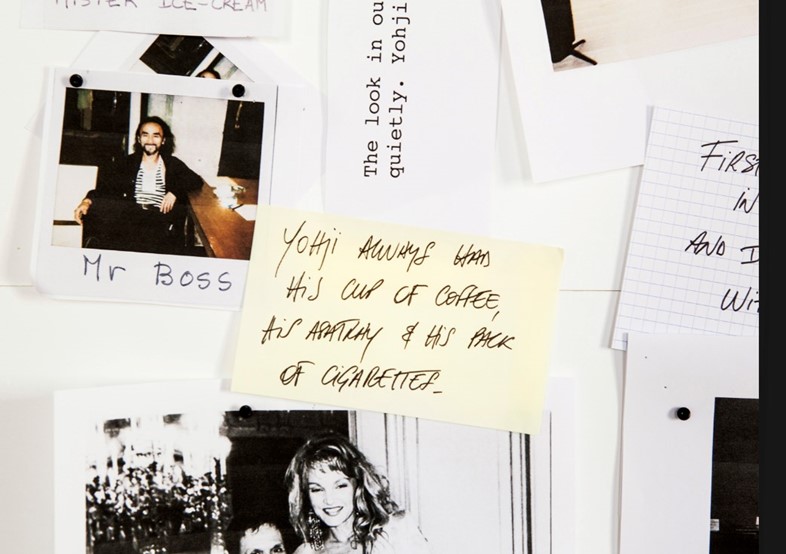
Equally fascinating is Byronesque’s Editorial section, which includes a two-part video interview with Miguel Adrover about his rebellious design aesthetic (he conducts the interview sitting in a bath), and Defense of Skins, an extensive exploration of skinhead culture, featuring a commissioned mosh pit painting by Dan Witz of real life skinheads, past and present, including Simon Collins, the former Dean of Fashion at Parsons. "The world of fashion today is just based on product, but we care about the stories," Linton says. "We were blaring Ska and everyone was dripping with sweat and moshing so hard that someone got a black eye." Then, there are interviews with the likes of Michele Lamy, a video on John Galliano by Alexander Fury, Instagram takeovers by Irene Silvagni... It's an impressive mix of information about the avant-garde, presented through the lens of the people who know it best.
"The current state of a design house always airs a certain angle on the collectability of vintage," explains Felix Gaona, a Nicholas Ghesquière for Balenciaga specialist, who began working with Byronesque earlier this year, after they came across his Instagram account Vintage Felix. Recently selling a dress constructed from delicate vintage lace from Balenciaga’s SS/06 collection, Gaona associates the resurgence in interest in the house with the widely anticipated AW/16 debut of Vetements’ Demna Gvasalia as creative director. Gvasalia also spent three and a half years working at Maison Martin Margiela, and the XXL proportions of the house's AW/00 oversized collection are central to his aesthetic. "We’ve literally got people saying 'Here’s my cash; make sure I get the piece,'" Linton says of the current demand for early Margiela designs.
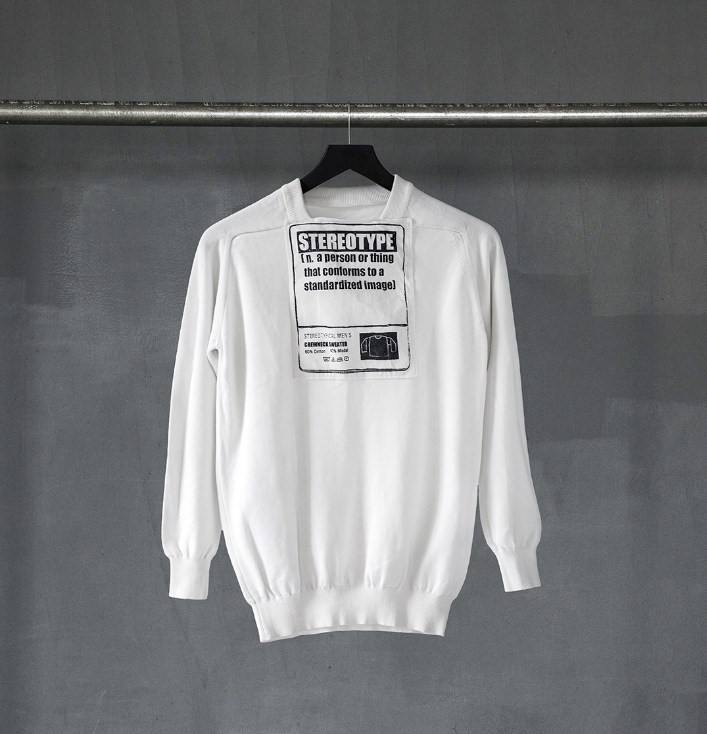
Chicago-based artist Jenn Rossi, who worked with Miguel Adrover on his debut collection in 1999 and has a private collection of covetable Margiela pieces, sold an oversized sweater from the house's A/W00 offering through Byronesque, and still has coveted denim (two pairs of jeans and a jacket) and a boiled wool cardigan in her collection. "When I bought the pieces 15 years ago I didn’t actually wear them," she explains. "Years later and they’re really part of my wardrobe, which is exactly the intention of Byronesque. I’m happy to part with some pieces because I love the idea of someone else wearing them too." Linton agrees. "We just want people to invest in things that are going to last, are well made, and we want them to actually wear them and look fucking epic!"
